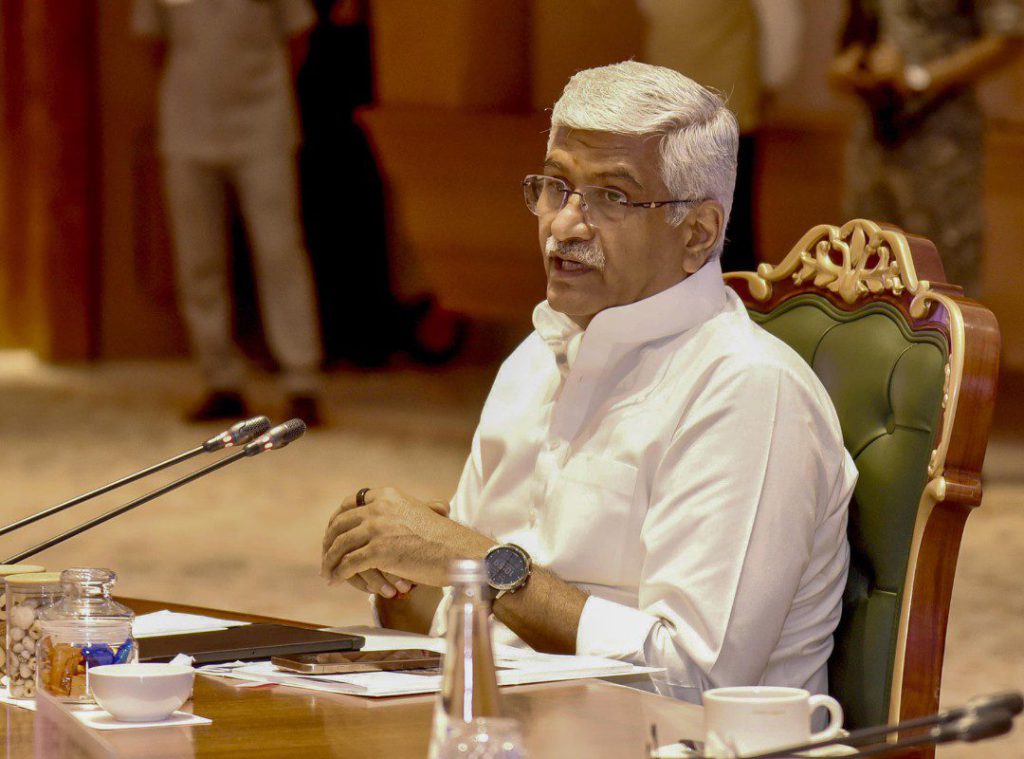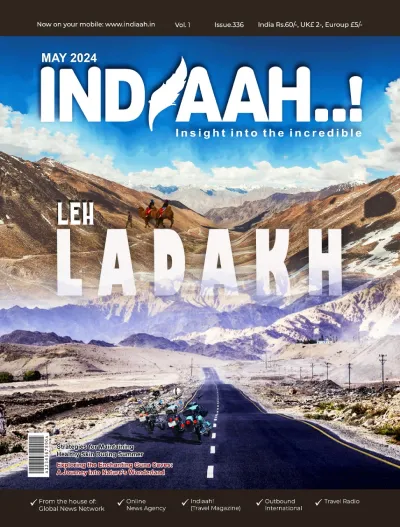
In a candid and forward-looking series of statements throughout May and June 2025, Union Tourism Minister Gajendra Singh Shekhawat reaffirmed the Modi government’s resolve to position tourism not merely as a contributor to India’s GDP—but as a strategic pillar of cultural diplomacy, heritage pride, and sustainable economic growth.
“India’s tourism sector has the potential to become the top contributor to GDP in the coming years.”
These aren’t mere words, but a reflection of a robust policy vision—one that fuses infrastructure with identity, sustainability with scalability, and experience with economy.
Excavating the Past, Building the Future
During his recent visit to Rakhigarhi, one of the five major sites of the Indus Valley Civilization, Shekhawat emphasized India’s claim as the cradle of ancient human heritage.
“The discoveries at Rakhigarhi provide undeniable evidence that Indian civilization is the oldest in the world,” he said, directing officials to accelerate development of museums, lecture centres, and visitor amenities.
This focus on archaeological tourism, once a neglected niche, is fast becoming central to the ministry’s strategy.
Untapped Shores, Unseen Potential
On India’s western coast, the Minister spotlighted Trasi-Maravanthe Beach in Karnataka—where the backwaters meet the Arabian Sea—as a case study of underexposed yet high-potential tourism zones.
“When the plan comes through the state government, we will certainly consider it. Places like these deserve integrated development,” he noted, subtly nudging states to be more proactive and visionary.
Sustainable Is the New Scalable
From the highlands of Himachal to the shores of Goa, Shekhawat has been consistent in his call for quality over quantity. In Goa, he echoed the need to steer away from mass tourism and focus on responsible, high-value, and eco-conscious travel.
“We need to attract tourists who respect our ecology, culture, and communities,” he emphasized.
This aligns seamlessly with India’s post-G20 global identity—as a country that invites the world, but on its own sustainable terms.
Borderless Tourism: India’s New Diplomacy
The Minister’s efforts are also evident in India’s evolving visa diplomacy. A notable result of such engagement came in early June when the Philippines extended visa-free entry to Indian citizens—a testament to India’s growing clout in international tourism corridors.
“There are many hidden gems in India. Our goal is to connect them with the world—and in doing so, build bridges of understanding and prosperity,” Shekhawat said recently.
Tourism as Strategic Soft Power
In every speech, every on-ground visit, and every inter-ministerial consultation, the message from the Tourism Ministry has been consistent: Tourism is not leisure—it is leverage.
From heritage revival to policy innovation, from grassroots training to global positioning, India is writing a new chapter. A chapter where culture meets commerce, and where travel becomes a tool of transformation—for both the visitor and the visited.

